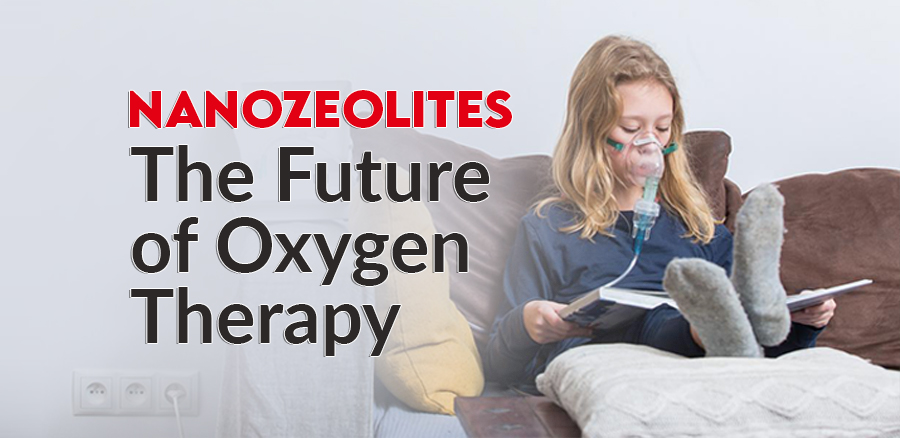Medical oxygen concentrators play a crucial role in improving the quality of life for patients with pulmonary diseases. Proper functioning of the lungs is necessary for the absorption of oxygen and removal of carbon dioxide from the body. However, patients with pulmonary diseases face several challenges in breathing, leading to a decrease in oxygen supply to the body.
This is where oxygen concentrators come in, providing a constant and consistent supply of oxygen to the patients. The significance of pulmonary health cannot be understated, as it impacts the overall health and well-being of an individual. Patients with pulmonary diseases experience shortness of breath, fatigue, and reduced mobility. It is essential to have access to medical oxygen concentrators to help them breathe easier and live a better life.
For decades, scientists and engineers have worked tirelessly to enhance the efficiency and performance of these life-saving devices. One promising advancement in the field is the integration of nanozeolites in oxygen concentrators. This blog explores the advantages of using nanozeolites, shedding light on their potential to revolutionize oxygen concentrators.
What are Nanozeolites?
Nanozeolites are emerging as a potential game-changer for patients with pulmonary diseases. They are crystalline substances with uniform nanopores, characterized by their ability to adsorb and store gases efficiently. These tiny, porous particles provide a high surface area for gas molecules to adhere to, making them ideal for gas separation applications. These particles can be as small as a virus or bacteria, making them excellent at filtering the air we breathe.
There are different types of Nanozeolites, including natural and synthetic ones. The synthetic Nanozeolites are often preferred over their natural counterparts due to their uniform pore sizes and greater filtration capabilities. Nanozeolites have several properties that make them ideal for use in medical oxygen concentrators. For example, they are highly adsorbent, meaning that they can efficiently filter out impurities from the air. They also have high thermal stability, making them able to withstand high temperatures.
Oxygen concentrators traditionally relied on molecular sieves or membranes for gas separation, but nanozeolites offer several advantages that make them a promising alternative.
Highly Efficient Gas Adsorption:
Nanozeolites are tiny crystals of zeolites that have unique properties. They are available in different types, including ZSM-5, NaA, and MCM-41. They have a high surface area and pore size, which makes them ideal for use in purification processes.
Due to their remarkable surface area, they are exceptionally efficient at capturing oxygen molecules from ambient air, facilitating higher levels of oxygen purity in concentrators. This efficiency translates to improved patient outcomes and reduced energy consumption.
Compact Design and Enhanced Portability:
The integration of nanozeolites enables the downsizing of oxygen concentrators due to their superior gas adsorption properties. More oxygen can be adsorbed within a smaller volume, resulting in a more compact and lightweight device. Enhanced portability ensures greater patient mobility, allowing them to maintain their daily activities without sacrificing constant access to oxygen therapy. Nanozeolites will ultimately be very popular in portable oxygen concentrators shortly.
Optimized Energy Consumption:
Nanozeolites contribute to reduced energy consumption in oxygen devices. Their high adsorption capacity enables lower airflow requirements, minimizing the workload on the compressor and prolonging the device’s lifespan. Consequently, energy consumption is decreased, making oxygen therapy more cost-effective and eco-friendly.
Improved Purity and Safety:
By utilizing nanozeolites, medical oxygen concentrators can provide higher levels of oxygen purity. The nanopores of the zeolites selectively adsorb nitrogen molecules, resulting in an increased concentration of oxygen. This enhanced purity ensures that patients receive the necessary oxygen levels without any contaminants or impurities, reducing the risk of complications and enhancing patient safety.
Potential for Customization and Selectivity:
One of the most promising advantages of nanozeolites is the potential to customize their properties to suit specific applications. Researchers can modify the zeolite composition and pore size distribution, enabling fine-tuning of gas adsorption and selectivity. This adaptability allows manufacturers to develop oxygen concentrators that cater to individual patient needs, ensuring optimal efficiency and efficacy.
Current Research on Nanozeolites
Research has shown that Nanozeolites are effective in medical oxygen concentrators and have been tested on COPD patients with promising results. A study conducted on a group of COPD patients showed a significant improvement in lung function and quality of life after using oxygen concentrators equipped with Nanozeolites. The future of Nanozeolites in respiratory health looks bright, with more studies being conducted to explore their potential further.
Challenges and Limitations of Using Nanozeolites
One of the challenges of using Nanozeolites is the cost, which may limit their affordability. The compatibility of current medical equipment with Nanozeolites is also a limitation that needs to be addressed. Potential safety hazards must be evaluated and addressed before mass production. Nanozeolites are no longer a thing of fiction. They are the future of pulmonary health in medical oxygen concentrators. Their numerous benefits and future potential make them worth exploring.
End-note
Integrating nanozeolites into oxygen concentrators brings multiple advantages, revolutionizing their performance and potential impact on patient care. With enhanced gas adsorption, improved energy efficiency, compact design, and customization possibilities, nanozeolites pave the way for next-generation oxygen concentrators that offer greater portability, safety, and patient satisfaction.
Continued research and development in this field hold promising prospects for the future, as scientists harness the full potential of nanozeolites to enhance respiratory therapy and improve the quality of life for patients worldwide.
Nanozeolites have immense potential in improving pulmonary health by enhancing oxygen purity, reducing size and weight, and extending filter life among other benefits. There is a need for further research and development to overcome limitations and ensure safety. Who knows? We could be witnessing a paradigm shift in respiratory health.
While nanozeolites are unavailable to the public at present, you can still find a lot of Zeolite based oxygen concentrator systems on Sanai Health’s website. The huge variety of concentrators cater to different needs and are available in every budget.

